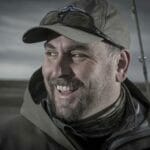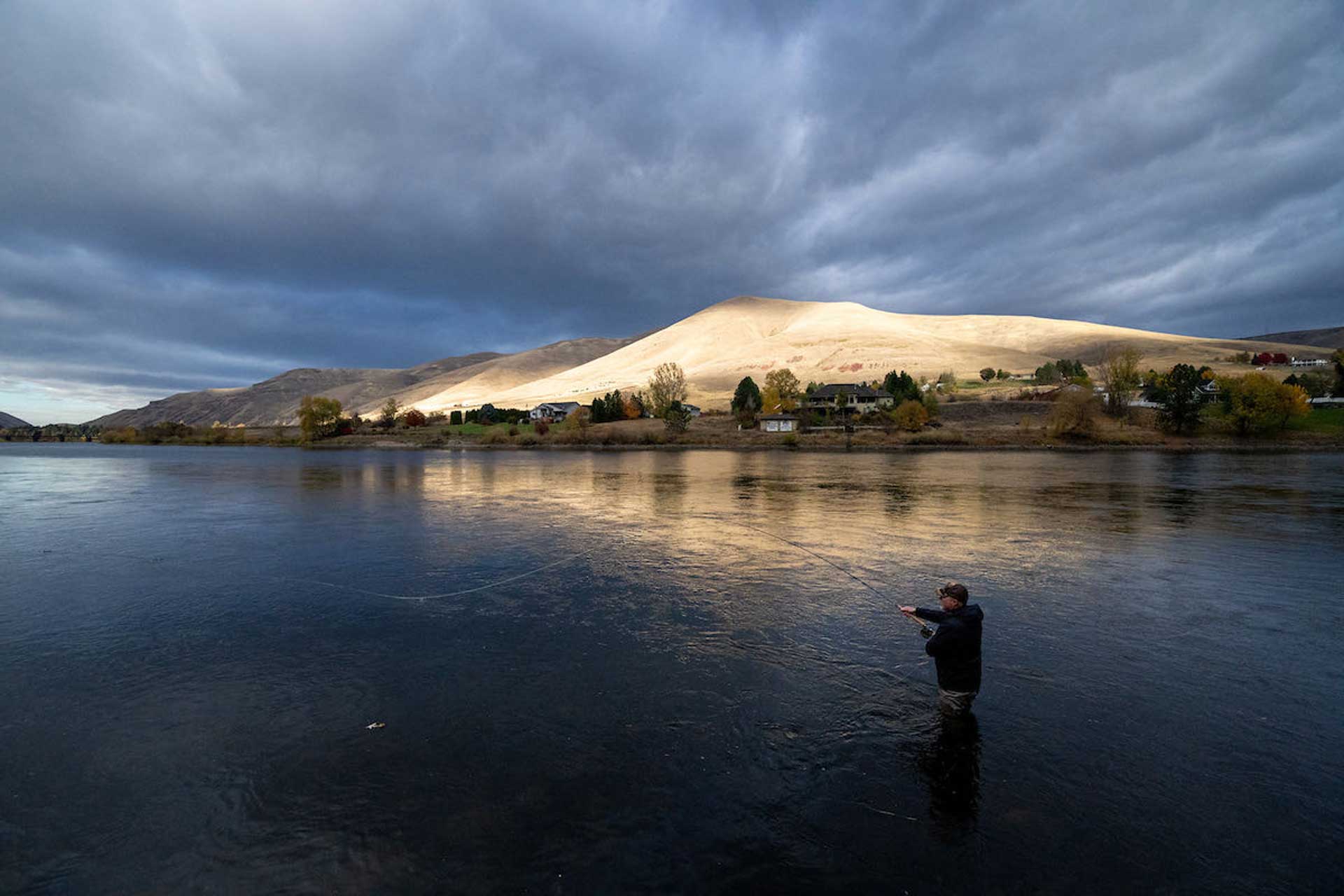My friend David’s house was right on the river. He was kind enough to let me park there and fish the big bend out back. And often times, he’d come out on his porch to chat with me as I made some casts.
I remember one evening in particular, when a burst of hatching mayflies appeared, but oddly enough, not a single trout showed its snout. No ripples and no rings… hmmm, I thought. Time for plan B. So, I did an about face, tied on a soft hackle fly and started swinging that through the run. And sure enough, I caught a nice trout.
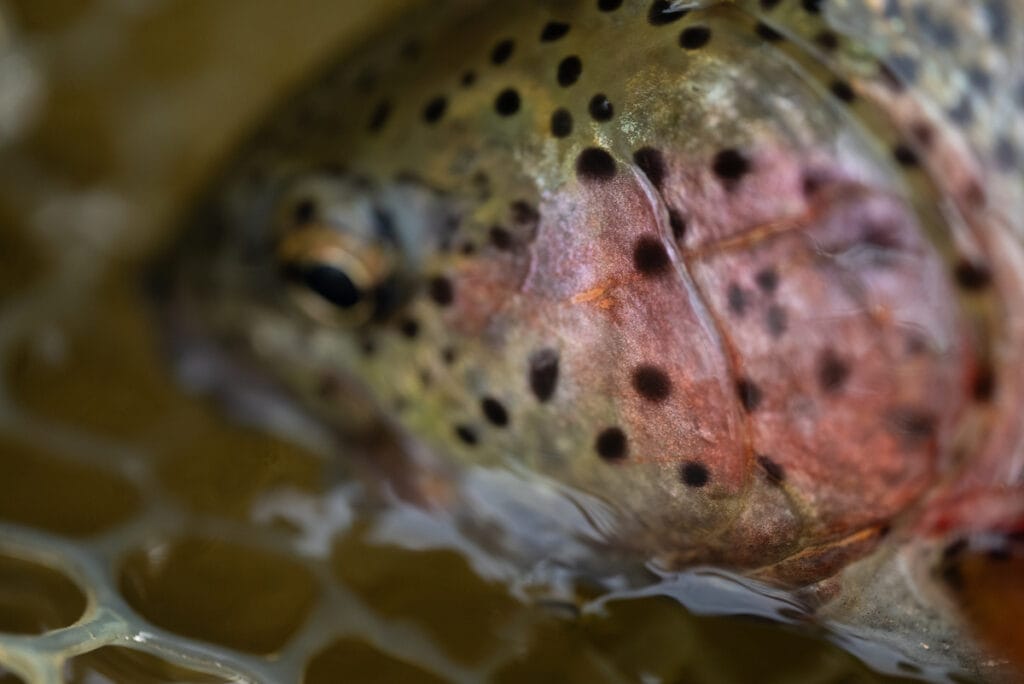
David laughed and started to head back inside his house as I released the fish. I said, “Hey, why don’t you put on some waders and jump in here? You can use my rod, I’ve had enough.”
And he smiled and said, “Nah, thanks, but I don’t really fish much. It’s just not my thing.”
He noticed the confused, slightly embarrassed look on my face, and quickly added, “but I’m glad you do!”
Downright perplexed at that point, I asked aloud, “Why is that?”
“Because I just like knowing they’re in there,” he answered before closing the door behind him.
That thought has stuck with me ever since.
Just knowing they’re in there seems to be more motivation for me to fish these days than tricking and pulling on the fish. Sure, I like sight-fishing as much as anyone. But when I cast a streamer fly into a dark and mysterious pool, it’s the intrigue of knowing whether or not the fish is in there that has my attention.
You don’t have to be into catching fish to have just knowing they’re in there to matter to you. Knowing they’re in there is, after all, about appreciating the harmony of nature. It turns out that I have a lot of friends who don’t fish but still like to watch fish from the bank. And I have plenty of angler friends who like to watch fish as much as catch them.
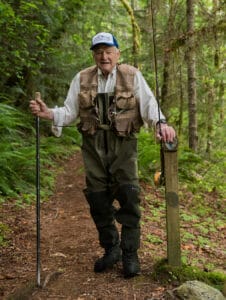
One of my best fishing days ever was with the late, great Frank Moore on Oregon’s North Umpqua. We didn’t catch any steelhead, but he did help my cast. And then we walked up Steamboat Creek into the preserve to watch the steelhead stacked up in the runs. It was all about just knowing they’re in there.
If you know your Trout Unlimited history, you understand that the very reason the organization was formed in Michigan in 1959 was because a group of concerned anglers wanted to make the rivers healthy enough to sustain wild and naturally reproducing populations of trout. The goal of knowing they’re in there, rather than raising fish in hatcheries and dumping them in the river was what set the whole thing in motion.
And now, we have examples of places where we wondered if there would ever be any fish in the waters, but they’ve come back, because enough people—anglers and non-anglers alike—cared enough about just knowing they’re in there to do the right thing.
Recently, the Apache trout became the first trout or salmon species to be removed from the federal endangered species list. That didn’t happen overnight. Nearly 70 years ago, the White Mountain Apache Tribe closed off fishing in the headwaters where these native trout are found, because the goal of knowing they’re in there was so important to their heritage and culture.
Washington’s Elwha River now sees salmon returning thanks to the work of many, including the Lower Elwha Klallam Tribe to remove a dam that blocked the fish. And, after just a few years now, we know the fish are in there.
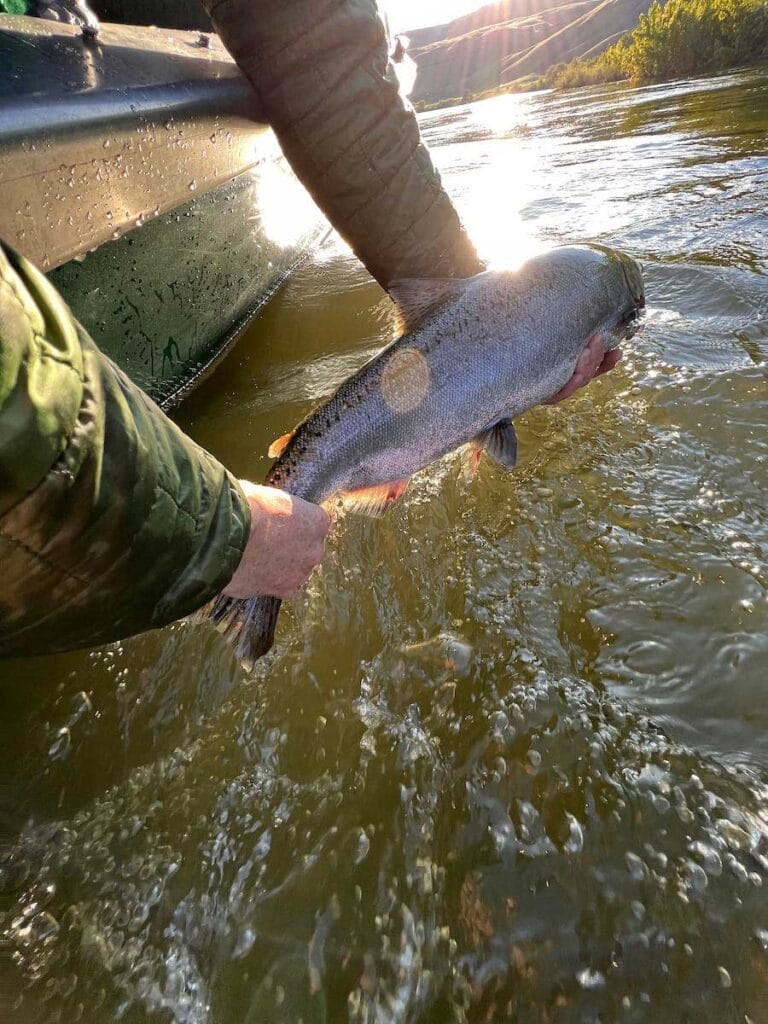
It’s been three years since we dedicated an entire issue of TROUT magazine to what might be the greatest challenge—and opportunity—our generation has ever known regarding the protection of wild and native trout and salmon in America; the proposed removal of the four lower dams on the Snake River.
Nearly half the salmon and steelhead spawning habitat in the Lower 48 is in this drainage. Despite much effort and many dollars, the fish numbers are still dwindling. The dams are killing the native fishery. I don’t know how many year classes of these anadromous fish we have left before we won’t wonder if the fish are still in there… we’ll know they are not.
But we also know that if the dams come out (and there are paths to make this feasible) the fish will rebound.
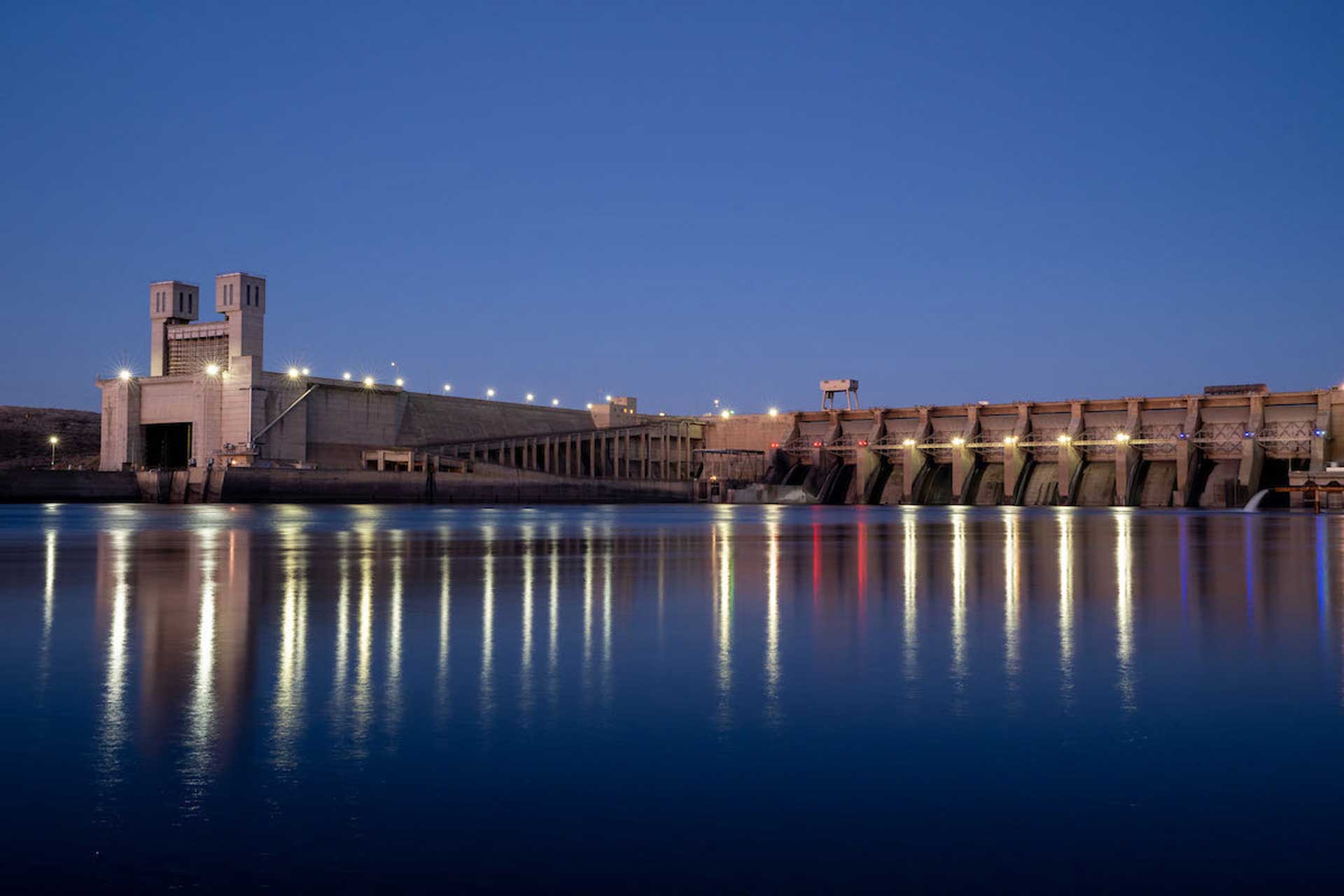
It’s not just about fishing. It’s about being true to nature… to cultures… to traditions… to history, and more.
Just knowing that the fish are in there is about doing what’s right. I hope we double down now with the clock ticking on the Snake River salmon and steelhead, so that we will know within a generation that those fish are indeed still in there, and they’ll remain there forever.


